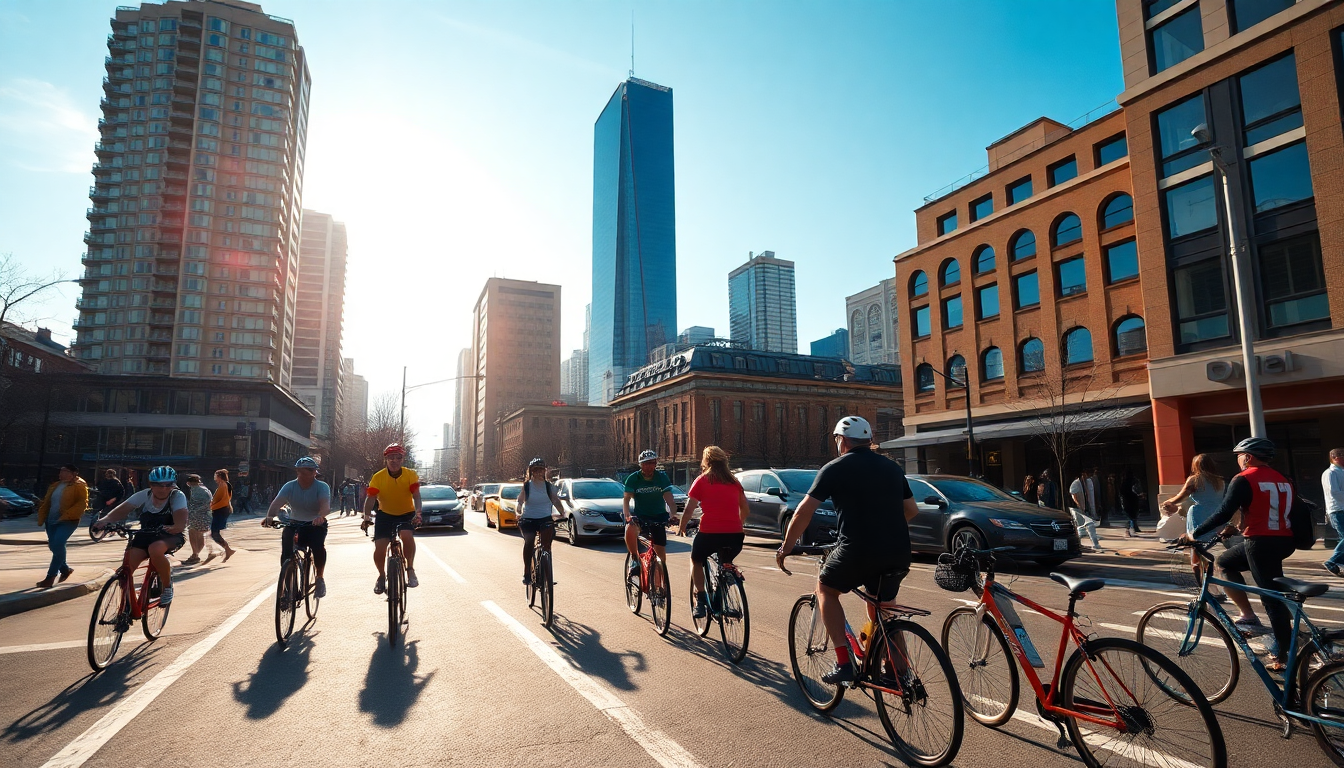Table of Contents
The Ontario government, led by Premier Doug Ford, has officially launched an appeal against a significant court ruling that declared its plan to eliminate dedicated bike lanes in Toronto unconstitutional. This legal battle highlights a heated debate about urban infrastructure, public safety, and the growing push for cycling and eco-friendly transportation options.
As the appeal unfolds, it raises important questions about governance, legislative authority, and citizens’ rights to safe public spaces. How will this impact Toronto’s cycling community and the future of urban planning?
The Court’s Ruling and Its Implications
On July 30, Superior Court Justice Paul Schabas delivered a ruling that found the province’s plan to dismantle bike lanes conflicted with constitutional protections surrounding life, liberty, and security. This decision not only halted the government’s plans but sparked a larger conversation about the consequences of such policies on urban mobility and safety.
The judge pointed out that the newly passed law, which mandated reconfiguring instead of removing bike lanes, also violated the Charter of Rights and Freedoms. It’s a reminder of the delicate balance between urban development and the rights of citizens.
The ruling’s impact was immediate, imposing an injunction that currently prevents the Ford government from moving forward with its proposed removals on major streets like Bloor Street West, Yonge Street, and University Avenue. This legal standstill reflects ongoing tensions between provincial authority and municipal infrastructure planning, especially as advocacy for cycling as a sustainable transport mode continues to rise.
Could this legal challenge reshape how cities approach cycling infrastructure in the future?
Government’s Response and Appeal Grounds
In light of the ruling, the Ford administration promptly filed its notice of appeal, arguing that the judge had made several legal errors.
Their stance is that removing bike lanes—considered a ‘harm-reduction’ strategy—doesn’t equate to violating constitutional rights if there was no prior obligation to maintain those bike lanes. This perspective underscores the government’s focus on prioritizing vehicle traffic over cycling infrastructure, a point that has caused friction among urban planners and safety advocates alike.
Cycle Toronto, a key advocacy group, has thrown its support behind the court’s ruling, calling it a well-reasoned decision backed by solid evidence. Their challenge to the original legislation, known as Bill 212, stresses the potential risks of removing bike lanes, warning that such actions could lead to more injuries and fatalities among cyclists. The fast-tracking of this bill through the Ontario legislature in late 2024 has raised eyebrows, as it gives the province the power to reassess and potentially reverse existing bike lane installations. How will this influence the ongoing discourse about cycling safety in urban areas?
Political Reactions and Future Considerations
Premier Ford has been vocal in criticizing the court’s decision, accusing the judiciary of encroaching on the democratic rights of Ontarians who elected his government. His comments reflect a broader narrative that positions the government as the voice of the public against what he describes as judicial overreach driven by ideology rather than legal principles. This ongoing conflict isn’t just about transportation policy; it also sparks a deeper conversation about the role of the judiciary in political decision-making.
As the case makes its way to the Ontario Court of Appeal, stakeholders from various sectors—urban planners, environmental advocates, and the biking community—are eagerly anticipating the outcome. The implications of this legal battle reach far beyond the immediate issue of bike lanes; they touch on significant themes of urban development, public safety, and the balance of power among different branches of government. With cities increasingly prioritizing sustainable transport solutions, how might this situation shape future urban planning strategies?





